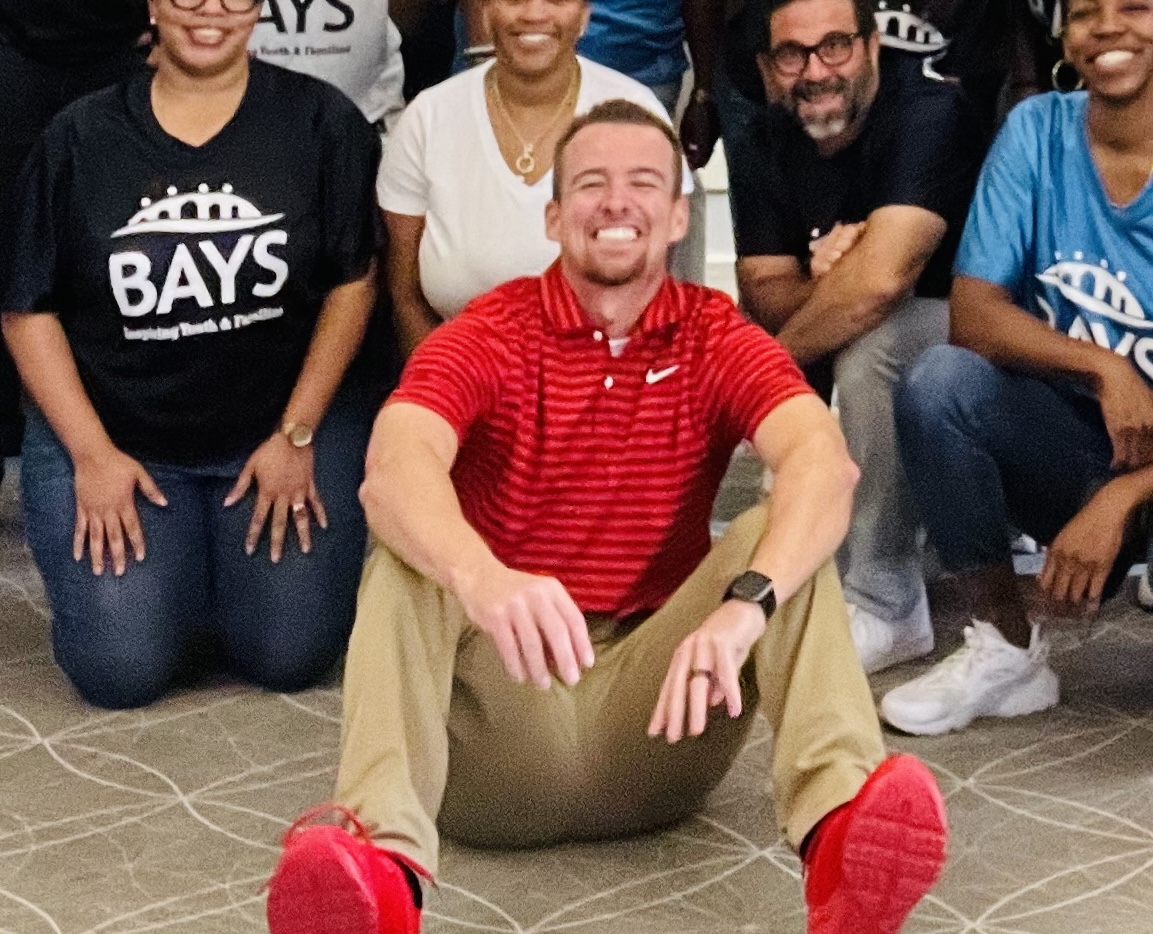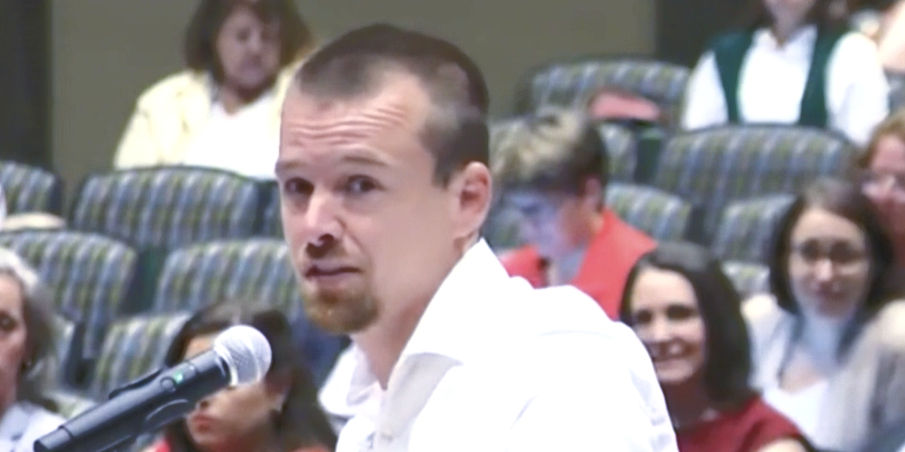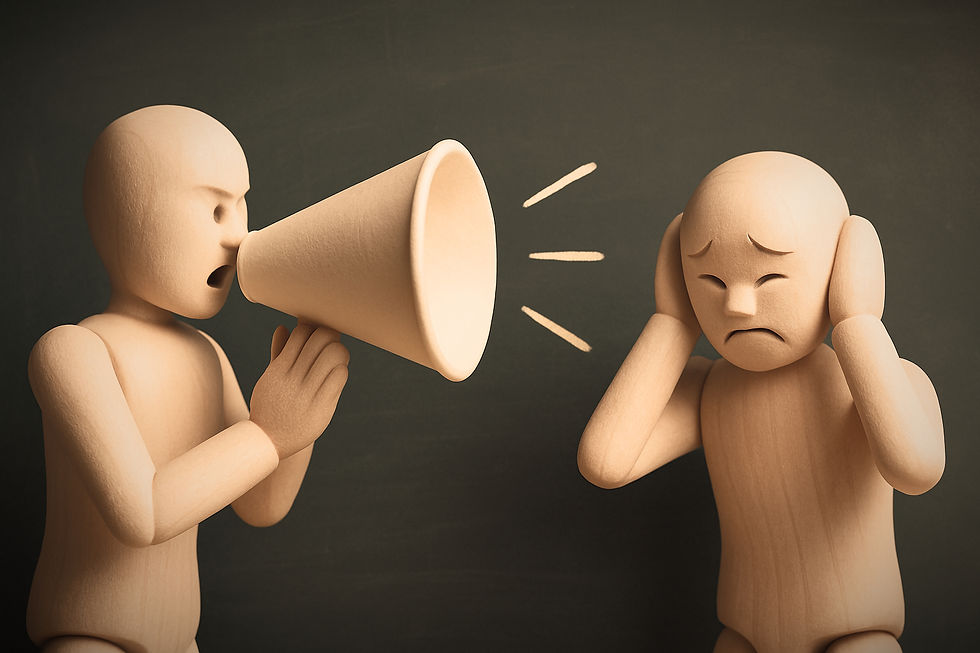How My First Experience with Death Taught Me About Emotional Empathy
- Curtis Campogni

- Jan 29
- 3 min read
When I was 19 years old, I worked as a hospital transporter, moving patients from their rooms to various tests, procedures, and surgeries. Every day, I was surrounded by sickness, injuries, and even life-or-death situations. But I never let myself feel it—not really.
It wasn’t that I didn’t care. I had just learned to compartmentalize, to treat every interaction as just another task. It was how I coped.
When a Code Blue—the emergency call for a patient in cardiac arrest—came over the intercom, my coworkers and I barely reacted. We’d make offhand comments like, "They better hurry up," and then move on like it was nothing. Because to us, at the time, it was nothing.
Until it wasn’t.
The Code Blue That Changed Everything
One night, I was working a late shift when I heard another Code Blue. Just like always.
Then, a text flashed across my phone.
"Your grandmother is in the hospital. Come to the 4th floor."
My stomach dropped. The code was for her.
I sprinted upstairs, my mind racing. And then, I saw her.
Eyes locked on me. Fading. Slipping away.
The weight of that moment hit me like a freight train. I didn’t just feel my pain—I felt every patient’s pain I had ignored, every terrified family member I had dismissed, every moment of suffering I had pushed away.
In that instant, the walls I had built to protect myself crumbled.
The Lesson That Stayed With Me
That night, I truly understood emotional empathy for the first time.
I had spent so much time shielding myself from emotions, trying to stay detached. But when it was my own family, I had no choice but to feel it—all of it.
And I realized something:It’s one thing to see people’s pain. It’s another thing to allow yourself to feel it with them.
Why It Matters
When you work around pain and suffering, it’s easy to become numb. You tell yourself that feeling too much will burn you out. That it’s safer to stay disconnected. But here’s what I’ve learned: When we stop feeling, we stop connecting. And without connection, there is no real compassion.
Since that night, I’ve carried this lesson with me—not as a wound, but as a reminder.
To slow down. To see people. To let myself feel, even when it’s hard.
Because empathy isn’t just understanding what someone is going through—it’s allowing yourself to feel it, too.
Finding the Balance
That said, it’s not always possible—or healthy—to absorb every emotion you encounter.
If you take on too much, you’ll run out of yourself to give.
But if you work in a helping profession, there will be moments when you have to let your guard down—when emotional empathy isn’t just helpful, but necessary.
It makes you better at your job. It makes you human.
Share Your Thoughts
Drop a comment below: Have you ever had a moment that changed your understanding of empathy? How did it shape the way you see others?
Disclaimer
The views expressed in this blog are solely those of the author and do not represent any other individual, organization, or company. This content is intended for general knowledge and to highlight tools, techniques, and ideas that inspire positive change. Readers are encouraged to explore the topics further and form their own conclusions.











Comments